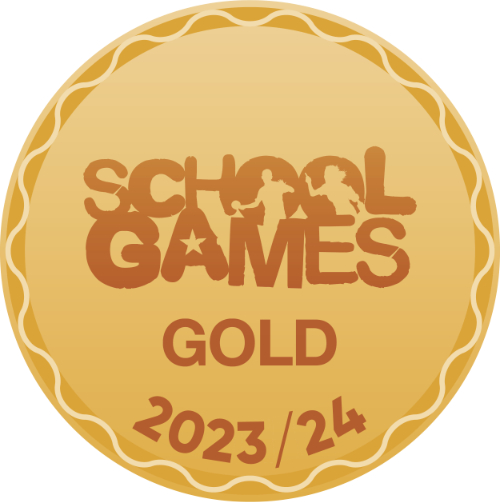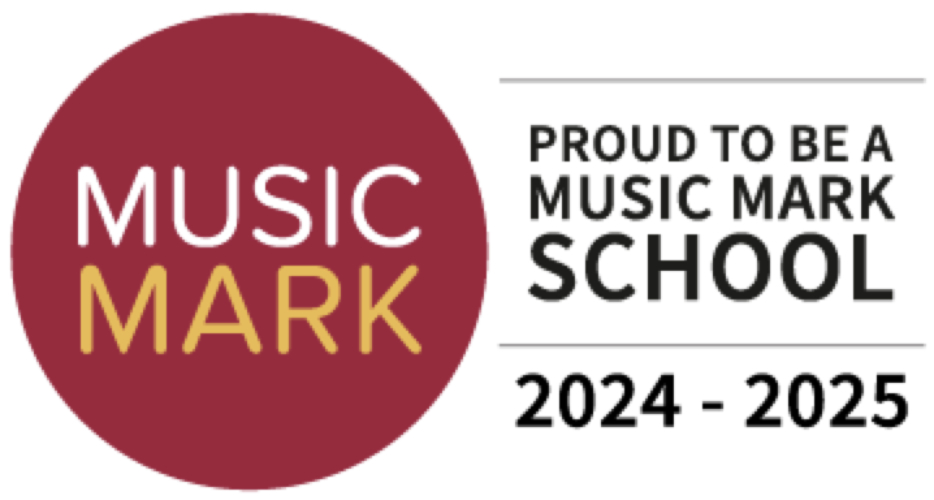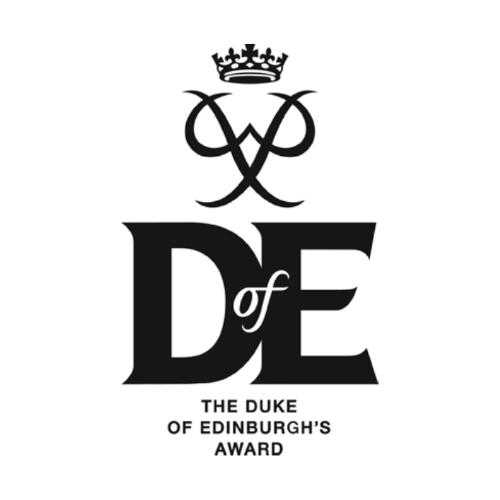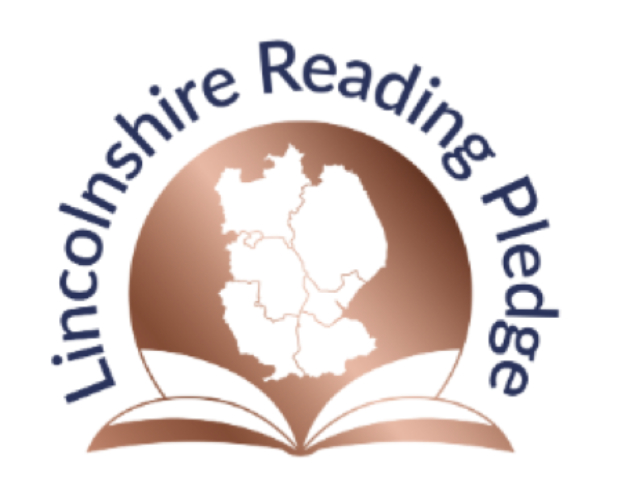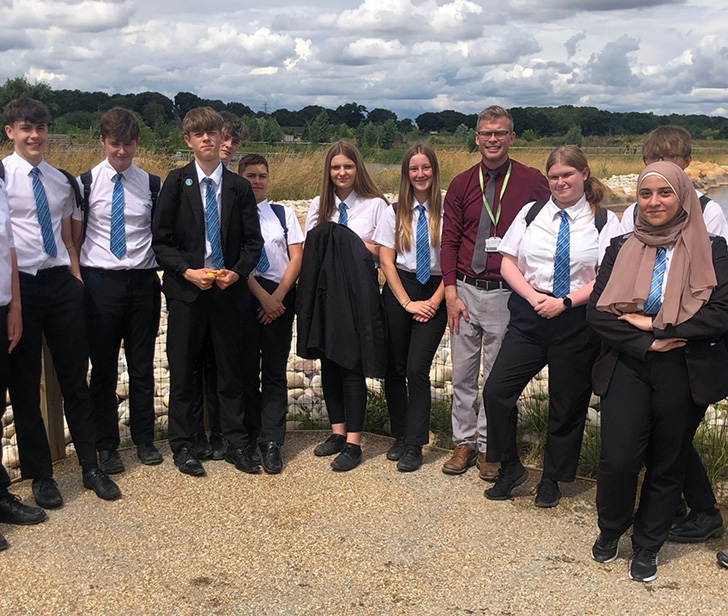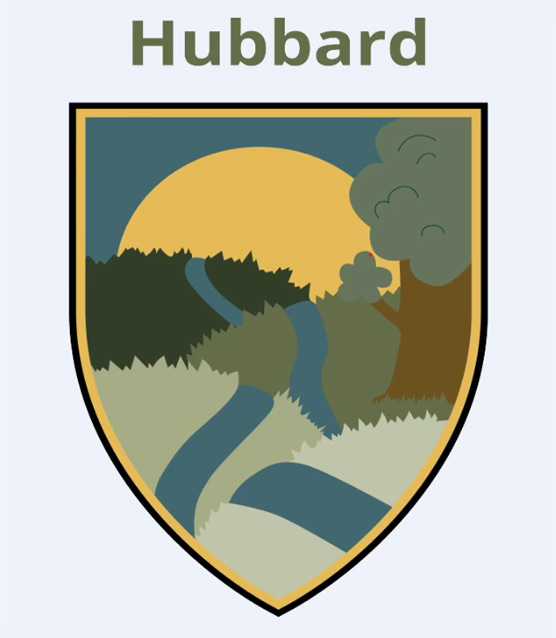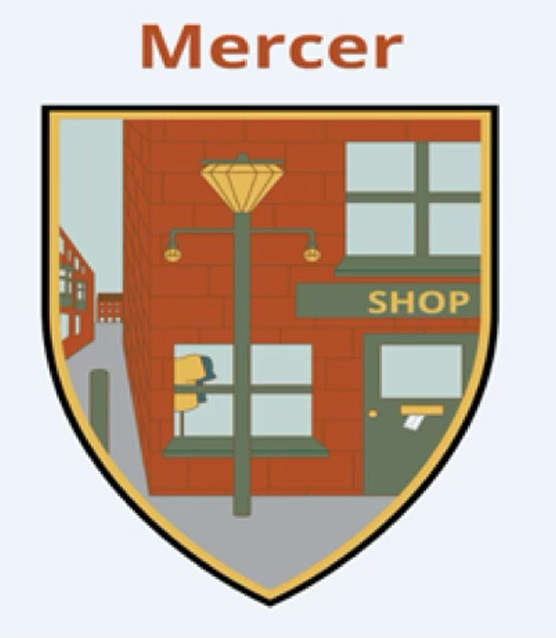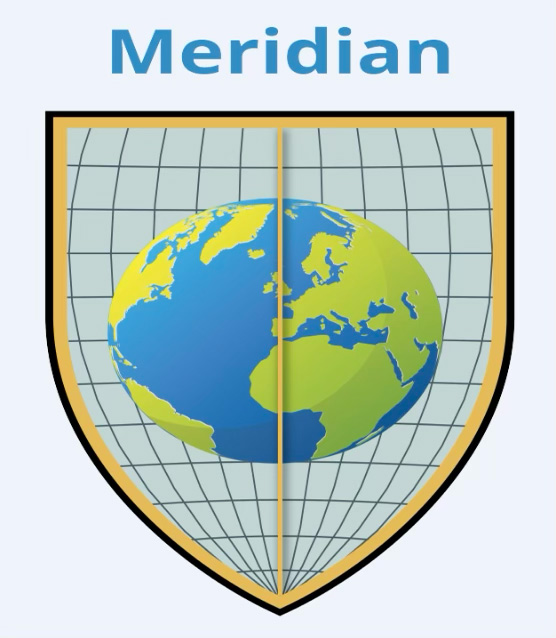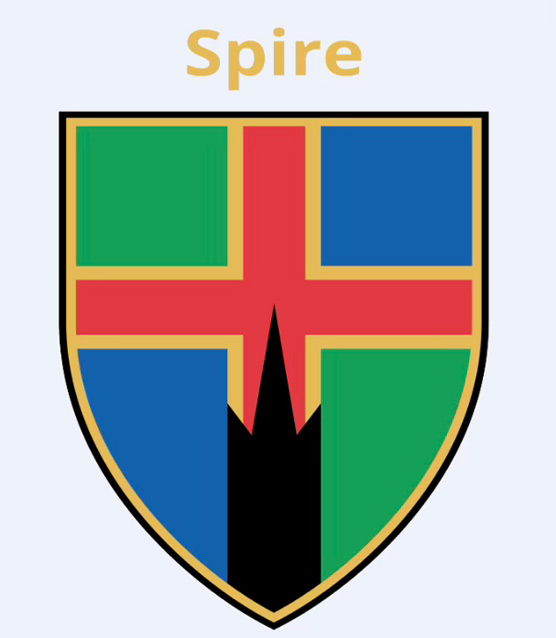Art & Design
Art & Design Key Stage 3
What can students do to develop their skills in this subject area?
- Drawing challenges. A list will be issued to all KS3 students that they can work through. Students are challenged to complete 2-3 per term – for example: draw a flower, animal, something mechanical, your bedroom, your bike, etc. These tasks become progressively more challenging as students move towards the end of keystage.
- Complete a set of challenges that reflect the assessment objectives: 4 cultural tasks, 4 creativity tasks, 4 competency tasks and 4 critical tasks. This can include Christmas card design, etc.
- There are excellent resources available in books and on the internet such as videos and step by step drawing guides. Students can work through 'how to', and step by step drawing activities to learn new skills and techniques.
What wider reading can be completed to support the curriculum?
- Encyclopaedia of Drawing Techniques - Hazel Harrison.
- The Complete Book of Drawing - Barrington Barber.
- The Drawing Project: An Exploration of the Language of Drawing - Mick Maslen and Jack Southern.
What websites could students visit to support the curriculum?
The website below provides a list of galleries and what they have on offer including exciting resources and opportunities for young artists:
www.aqa.org.uk/subjects/art-and-design/art-and-design-community
You or your son or daughter could download the free Art Fund app which gives you all the latest exhibitions near to you.
How can parents/carers help and what can be done at home?
- There are often extension activities as part of your son's or daughter's set homework projects, or ambitious ways of approaching the projects. Ask your son or daughter to share how they intend to challenge themselves!
- If your child is attending an extra-curricular club, they will be given fun challenges in a lunch-time session or after-Academy club every week, ranging from drawing to sculpture to photography.
- A number of students in Art are also keen on producing their own ideas at home too. Activities to suggest or support could include:
- Drawing from life – this is an extremely important (and sometimes the most frustrating!) skill to develop. Try observing objects or environments, accurately capturing the shape, textures and light involved.
- Encourage your son or daughter to sometimes work for a sustained period and to compare quick, expressive sketches with more careful observations.
- Transcribing work – copying a section or all of an artwork in a similar media allows your son or daughter to understand the processes the artist went through to achieve a certain style.
- Collage or drawing in response to an event or a news story will help your son or daughter to create visual stimulus with meaning.
- Building and sculpting shapes – this can be done with anything, and for anything, from blu-tac to craft straws; inventing new forms and structures in 3D is an important part of development.
Questions to ask about what your son or daughter is working on:
- What made you decide to draw/make this?
- How is this different to your other work?
- What would happen if you used different materials for this?
- Is there an artist who works like this? Are you working in a particular style?
- Galleries: Gallery visits are extremely valuable for young artists and photographers, allowing them to engage with artwork in 'real life' and often providing a range of free activities, course and workshops for younger artists.
- Useful Materials: A space in which to work, and sketchbooks with cartridge paper make a huge difference; drawing pencils in a range of grades – 2B-8B, pastels and paint. All supplies are available in different price ranges and quality.
- GCSE: Students could also take responsibility for extending their skills via additional workshops and making pro-active use of example A* coursework available via teachers.
- Activities: entering competitions – there are many competitions open to students run by Saatchi Gallery, The Tate, local and national Rotary clubs to name but a few, and your son or daughter should be considering entering some. Their teacher will be able to support and guide entries.
Art & Design Key Stage 4
What can students do to develop their skills in this subject area?
- Deeper reading and reports about artists that have been researched in lessons, providing personal opinion and prompting further discussion.
- Collecting broadsheet newspaper research on contemporary artists, recording details in the form of a scrap book.
- Creating an art work that reflects the world's current events.
- Creating an art work that reflects a mood.
- Running a KS3 Art Club with the help of a teacher; to plan and design a short term Scheme of Work to be delivered here.
- As part of analytical drawing, focus on measuring and proportional drawing – either a subject suggested by staff or own subject matter.
- Design and create a visual story using unusual features – for example: emojis, a comic strip, willow pattern.
- Create a YouTube style video to demonstrate a skill or product; create a time-lapse video of a drawing/painting to show the process.
What wider reading can be completed to support the curriculum?
- Encyclopaedia of Drawing Techniques - Hazel Harrison.
- The Complete Book of Drawing - Barrington Barber.
- The Drawing Project: An Exploration of the Language of Drawing - Mick Maslen and Jack Southern.
What websites could students visit to support the curriculum?
The website below provides a list of galleries and what they have on offer including exciting resources and opportunities for young artists:
www.aqa.org.uk/subjects/art-and-design/art-and-design-community
You or your son or daughter could download the free Art Fund app which gives you all the latest exhibitions near to you.
How can parents/carers help and what can be done at home?
- There are often extension activities as part of your son's or daughter's set homework projects, or ambitious ways of approaching the projects. Ask your son or daughter to share how they intend to challenge themselves!
- If your child is attending an extra-curricular club, they will be given fun challenges in a lunch-time session or after-Academy club every week, ranging from drawing to sculpture to photography.
- A number of students in Art are also keen on producing their own ideas at home too. Activities to suggest or support could include:
- Drawing from life – this is an extremely important (and sometimes the most frustrating!) skill to develop. Try observing objects or environments, accurately capturing the shape, textures and light involved.
- Encourage your son or daughter to sometimes work for a sustained period and to compare quick, expressive sketches with more careful observations.
- Transcribing work – copying a section or all of an artwork in a similar media allows your son or daughter to understand the processes the artist went through to achieve a certain style.
- Collage or drawing in response to an event or a news story will help your son or daughter to create visual stimulus with meaning.
- Building and sculpting shapes – this can be done with anything, and for anything, from blu-tac to craft straws; inventing new forms and structures in 3D is an important part of development.
Questions to ask about what your son or daughter is working on:
- What made you decide to draw/make this?
- How is this different to your other work?
- What would happen if you used different materials for this?
- Is there an artist who works like this? Are you working in a particular style?
- What made you decide to draw/make this?
- How is this different to your other work?
- What would happen if you used different materials for this?
- Is there an artist who works like this? Are you working in a particular style?
- Galleries: Gallery visits are extremely valuable for young artists and photographers, allowing them to engage with artwork in 'real life' and often providing a range of free activities, course and workshops for younger artists.
- Useful Materials: A space in which to works sketchbooks with cartridge paper make a huge difference; drawing pencils in a range of grades – 2B-8B, pastels and paint. All supplies are available in different price ranges and quality.
- GCSE: Students could also take responsibility for extending their skills via additional workshops and making pro-active use of example A* coursework available via teachers.
- Activities: entering competitions – there are many competitions open to students run by Saatchi Gallery, The Tate, local and national Rotary clubs to name but a few, and your son or daughter should be considering entering some. Their teacher will be able to support and guide entries.
Photography Key Stage 4
What can students do to develop their skills in this subject area?
- Composition: practise taking photographs of a range of subjects exploring different composition rules: Leading Lines, Rule of Thirds and Golden Mean.
- Viewpoint: take portraits of friends, family from different viewpoints: looking down on them, looking up at them, eye level. How does this change the mood of the portrait? Does the person appear more or less powerful?
- Light: explore different lighting and understand its impact on the appearance and mood of a photograph; try photographing at different times of day - sunset, midday, sunrise.
- Complete a documentary or photojournalist project. Find a local event, person or activity and take photographs over a longer period of time to create a visual story.
- Join Instagram - the most extensive photography portfolio in the world. Follow at least 100 photographers you like; record your personal opinions on their work and this can be a valuable contribution to your GCSE Research grade.
- Create a photographic diary; aim to create a picture each day which records/describes your life. This could be on Instagram.
- Movement; practice freezing movement with your camera and a short shutter speed and blurring movement with a longer shutter speed and a tripod.
- Make a number of photographs that document a poem or song; photography is really effective at evoking visual metaphor.
What wider reading can be completed to support the curriculum?
- The Photography Book by Ian Jeffrey; An anthology of the most important photographs ever made.
- The Digital Photography Book: Part 1 by Scott Kelby; a comprehensive beginners guide of the technical and visual skills needed to work in Digital Photography.
What websites could students visit to support the curriculum?
www.bestphotolessons.com - excellent easy to follow tutorials.
www.lensculture.com - website hosting the best in contemporary photographers work.
100photos.time.com - photography through history.
www.twistedsifter.com/2013/03/most-perfectly-timed-photos-ever.
How can parents/carers help and what can be done at home?
- There are often extension activities as part of your son's or daughter's set homework projects, or ambitious ways of approaching the projects. Ask your son or daughter to share how they intend to challenge themselves!
- If your child is attending an extra-curricular club, they will be given fun challenges in a lunch-time session or after-Academy club every week, ranging from drawing to sculpture to photography.
- A number of students in Art are also keen on producing their own ideas at home too. Activities to suggest or support could include:
- Drawing from life - this is an extremely important (and sometimes the most frustrating!) skill to develop. Try observing objects or environments, accurately capturing the shape, textures and light involved.
- Encourage your son or daughter to sometimes work for a sustained period and to compare quick, expressive sketches with more careful observations.
- Transcribing work – copying a section or all of an artwork in a similar media allows your son or daughter to understand the processes the artist went through to achieve a certain style.
- Collage or drawing in response to an event or a news story will help your son or daughter to create visual stimulus with meaning.
- Building and sculpting shapes – this can be done with anything, and for anything, from blu-tac to craft straws; inventing new forms and structures in 3D is an important part of development.
Questions to ask about what your son or daughter is working on:
- What made you decide to photograph this?
- How is this different to your other work?
- What would happen if you used different lighting?
- Is there a well-known photographer who works like this? Are you working in a particular style?
- Galleries: Gallery visits are extremely valuable for young artists and photographers, allowing them to engage with artwork in 'real life' and often providing a range of free activities, course and workshops for younger artists.
- Activities: entering competitions – there are competitions open to GCSE-age students run by Sony Photographers Award and the Young Travel Photographer of the Year; your son or daughter should be considering entering these. Their teacher will be able to support and guide entries.
